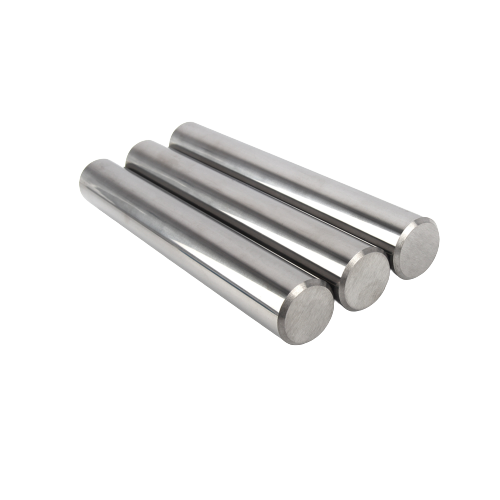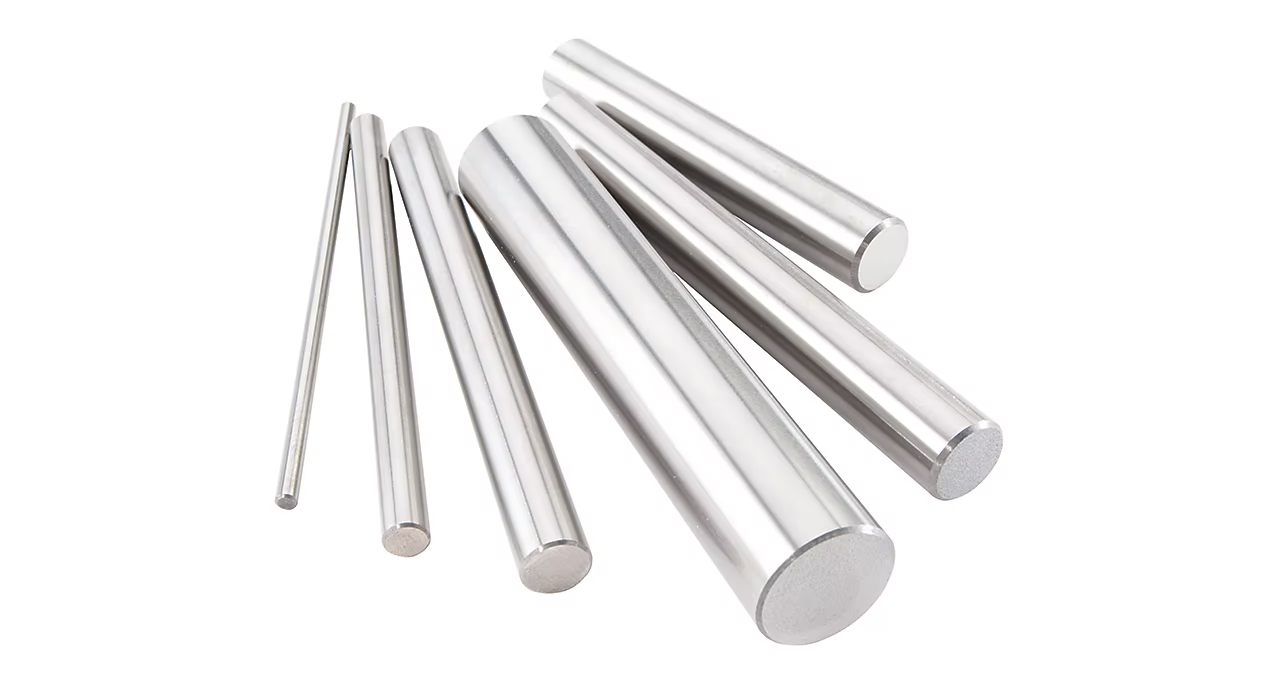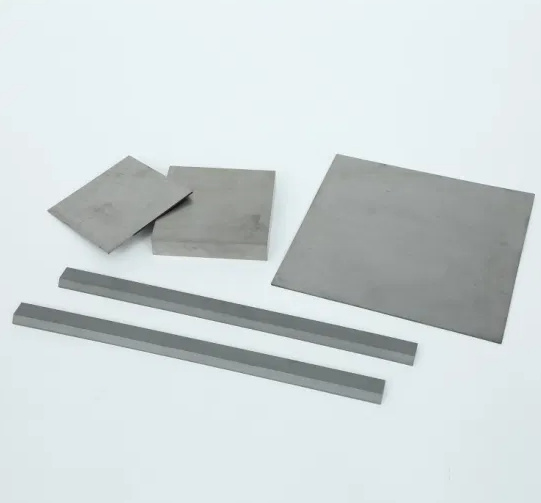카바이드 봉은 다양한 가공 및 툴링 애플리케이션의 중추입니다. 정밀도와 내구성이 필요한 경우, 직선형 절삭유 홀 카바이드 로드 가 가장 적합한 솔루션입니다. 왜일까요? 견고하고 마모에 강하며 극한의 가공 조건도 잘 견디기 때문입니다. 이 매혹적인 주제에 대해 자세히 알아보고 이 놀라운 엔지니어링의 구석구석을 살펴보세요.
직선형 절삭유 홀 카바이드 로드란?
직선형 절삭유 홀 카바이드 봉은 주로 제조에 사용되는 고성능 공구입니다. 이 봉은 텅스텐 카바이드로 만들어지며 길이가 일직선으로 이어지는 절삭유 채널이 특징입니다. 이 채널은 가공 중 효율적인 냉각과 윤활을 가능하게 하여 공구 마모를 줄이고 성능을 향상시킵니다. CNC 기계와 절삭 공구의 숨은 영웅이라고 생각하면 됩니다.
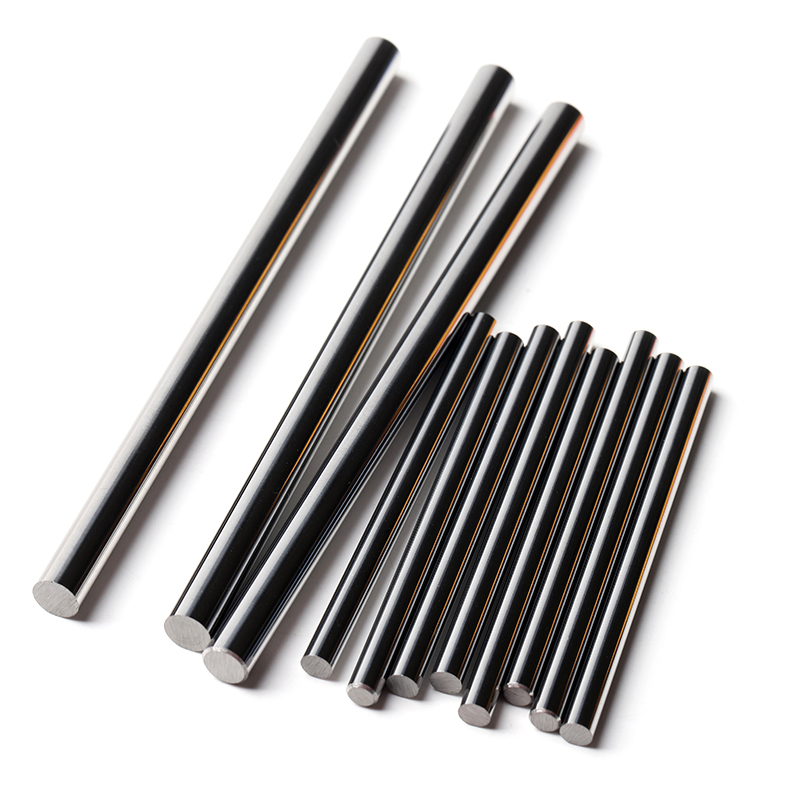
유형 직선형 절삭유 홀 카바이드 로드
| 유형 | 설명 |
|---|---|
| 단일 절삭유 홀 로드 | 냉각수 흐름을 위한 직선형 구멍이 하나 있습니다. 덜 복잡한 냉각 요구 사항에 이상적입니다. |
| 이중 냉각수 홀 로드 | 두 개의 평행한 냉각수 구멍은 특히 고속 가공 분야에서 냉각 효율을 높여줍니다. |
| 냉각수 구멍이 있는 솔리드 로드 | 높은 구조적 무결성과 효율적인 냉각을 결합합니다. 강도가 중요한 고강도 애플리케이션에 사용됩니다. |
| 나선형 절삭유 홀 로드 | 나선형 채널을 통해 향상된 냉각 기능을 제공하여 도구의 핫스팟을 줄이고 기대 수명을 연장합니다. |
| 맞춤형 직경 로드 | 특수 가공 요구 사항을 충족하기 위해 다양한 직경으로 제공됩니다. |
| 마이크로 절삭유 홀 로드 | 정밀 냉각이 필요한 소규모 가공 작업에 적합하도록 설계되었습니다. |
| 헤비 듀티 냉각수 로드 | 스테인리스 스틸 및 티타늄과 같은 거친 소재 가공에 최적화되어 있습니다. |
| 코팅된 카바이드 로드 | 특정 애플리케이션에서 성능을 향상시키기 위해 TiN, TiAlN 또는 다이아몬드와 같은 내마모성 코팅을 추가로 적용했습니다. |
| ISO 표준 냉각수 로드 | 크기와 구성에 대한 국제 표준을 준수하여 글로벌 기계와의 호환성을 보장합니다. |
| 사용자 지정 길이 로드 | 고유한 운영 설정에 맞게 특정 길이에 맞게 조정할 수 있습니다. |
원료 및 성분 분석
직선형 절삭유 홀 카바이드 봉은 주로 다음 재료로 만들어집니다. 텅스텐 카바이드텅스텐과 탄소의 화합물입니다. 경도, 인성, 내마모성의 균형을 맞추기 위해 조성을 미세 조정하는 경우가 많습니다.
일반적인 구성
| 재질 | 백분율 | 목적 |
|---|---|---|
| 텅스텐 카바이드 | 85-97% | 고성능 도구에 필수적인 경도와 내구성을 제공합니다. |
| 코발트 바인더 | 3-15% | 인성을 추가하고 텅스텐 카바이드 입자를 결합하는 데 도움이 됩니다. |
| 추적 첨가제 | <1% | 내식성 또는 열 안정성과 같은 특정 속성을 향상시킵니다. |
직선형 절삭유 홀 카바이드 로드 적용 분야
| 산업 | 애플리케이션 |
|---|---|
| 항공우주 | 터빈 부품 및 동체 부품의 정밀 드릴링 및 가공에 사용됩니다. |
| 자동차 | 엔진 부품, 변속기 부품 등을 가공하는 데 필수적입니다. |
| 의료 장비 | 높은 정밀도와 위생이 요구되는 수술 도구 및 임플란트 생산에 활용됩니다. |
| 석유 및 가스 | 고압 환경에 직면하는 드릴링 장비 및 부품 제조에 종사합니다. |
| 도구 및 다이 | 뛰어난 정확도로 금형, 금형 및 절삭 공구를 제작하는 데 필수적입니다. |
| 전자 제품 | 커넥터 및 반도체 부품과 같은 작고 정밀한 부품을 제작하는 데 도움이 됩니다. |
| 건설 | 강화 강철 및 경질 합금과 같은 건설 자재 가공에 필요한 고강도 애플리케이션을 지원합니다. |
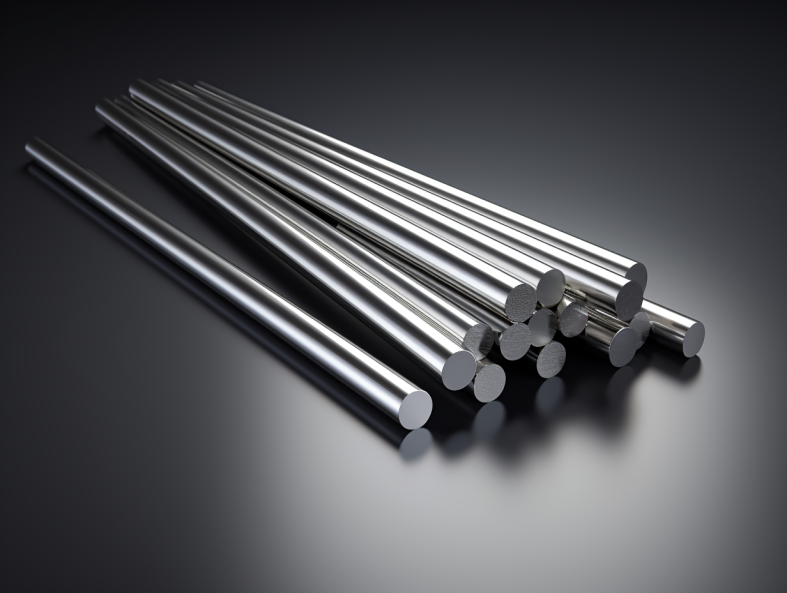
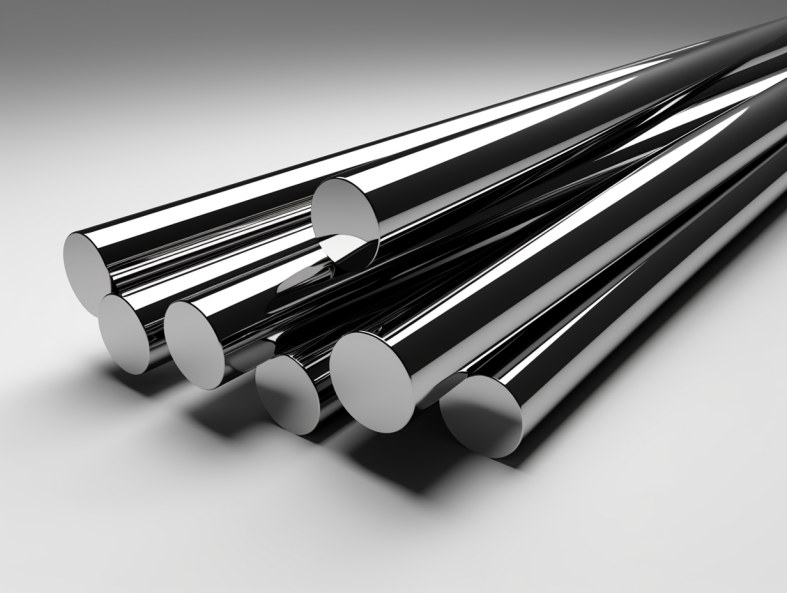
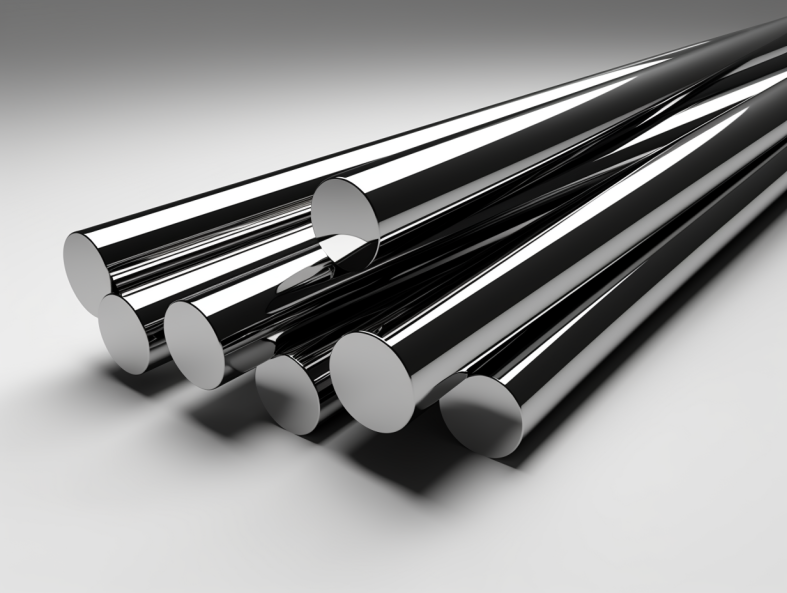
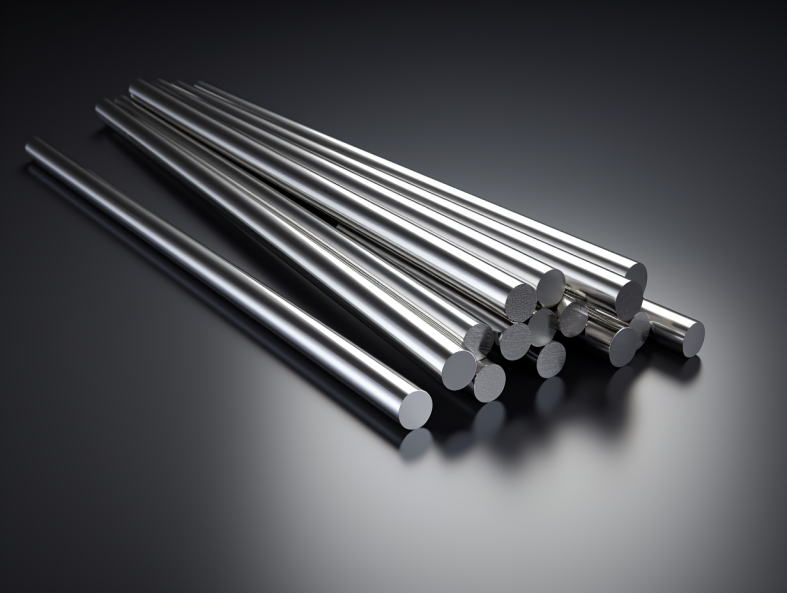
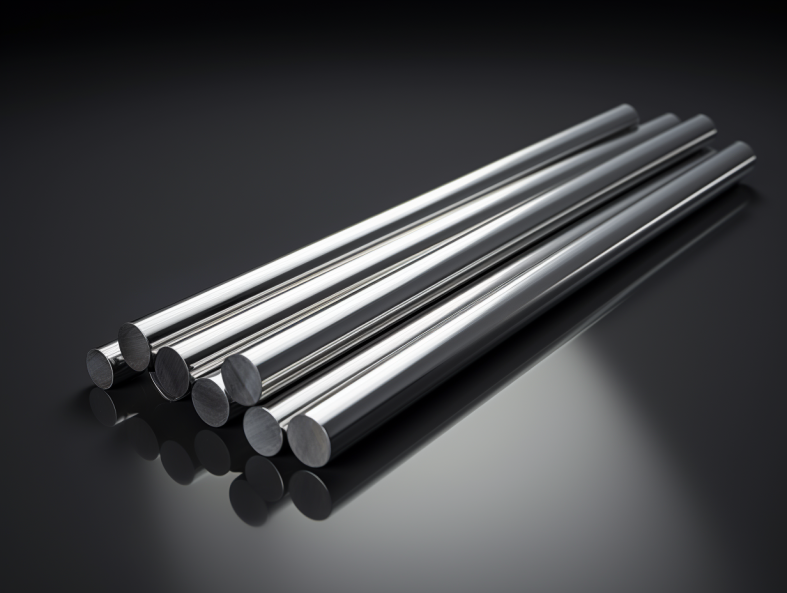
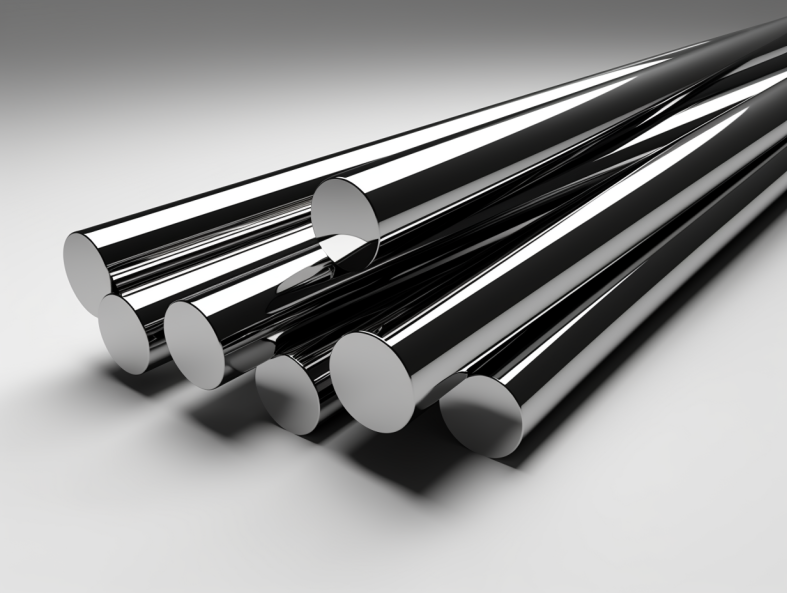
직선형 절삭유 홀 카바이드 로드 생산 공정 흐름
직선형 냉각수 홀 카바이드 봉을 만드는 것은 세심한 공정입니다. 작동 방식은 다음과 같습니다:
- 분말 준비: 텅스텐 카바이드 분말은 코발트 및 기타 바인더와 혼합됩니다.
- 믹싱: 혼합물이 균일하게 결합되어 일관된 특성을 보장합니다.
- 압축: 파우더는 냉각수 구멍을 위한 채널이 있는 막대 모양으로 압착됩니다.
- 사전 소결: 막대는 최종 소결 전에 구조를 강화하기 위해 더 낮은 온도에서 가열됩니다.
- 소결: 고온에서 최종 소결하여 조밀하고 견고한 제품을 만듭니다.
- 냉각: 저속 냉각으로 안정성을 보장하고 내부 스트레스를 최소화합니다.
- 마무리: 정밀도 기준을 충족하기 위한 연마, 연마 및 품질 검사를 포함합니다.
머티리얼 속성 직선형 절삭유 홀 카바이드 로드
| 속성 | 값 범위 | 중요성 |
|---|---|---|
| 경도 | 89-94 HRA | 뛰어난 내마모성과 수명을 보장합니다. |
| 밀도 | 14.1-15.1 g/cm³ | 고강도 애플리케이션에 필요한 견고함을 제공합니다. |
| 인장 강도 | 2500-4000 MPa | 막대가 변형 없이 상당한 스트레스를 견딜 수 있도록 합니다. |
| 열 전도성 | 60-100 W/m-K | 고속 가공 시 효율적인 열 방출을 촉진합니다. |
| 굴곡 강도 | 400-650 MPa | 사용 중에 막대가 굽힘 힘을 견딜 수 있는지 확인합니다. |
사양, 크기 및 표준
| 매개변수 | 사용 가능한 옵션 |
|---|---|
| 지름 | 0.5mm ~ 25mm |
| 길이 | 50mm ~ 330mm |
| 냉각수 구멍 크기 | 0.2mm ~ 10mm |
| 표준 | ISO 9001, DIN, ANSI |
| 도형 | 원통형, 육각형 또는 사용자 지정 프로필. |
올바른 직선형 절삭유 홀 카바이드 로드 선택하기
| 팩터 | 고려 사항 |
|---|---|
| 재료 유형 | 용도에 필요한 경도와 인성에 따라 선택하세요. |
| 냉각수 구멍 디자인 | 냉각 필요에 따라 단일 또는 이중 구멍을 선택합니다. |
| 가공 속도 | 속도가 빠를수록 효율적인 열 방출을 위한 나선형 냉각수 구멍의 이점이 있습니다. |
| 도구 크기 | 막대의 직경과 길이를 도구 사양에 맞춥니다. |
| 비용 | 품질 저하 없이 비용 효율적인 옵션을 선택하세요. |

장점과 한계
| 장점 | 제한 사항 |
|---|---|
| 내마모성과 수명이 뛰어납니다. | 표준 로드에 비해 초기 비용이 더 높습니다. |
| 향상된 냉각 기능으로 도구 마모가 줄어듭니다. | 정밀한 취급과 설정이 필요합니다. |
| 산업 전반에 걸친 다양한 애플리케이션. | 특정 사용자 지정의 유연성이 제한됩니다. |
| ISO 표준은 글로벌 호환성을 보장합니다. | 사용 가능 여부는 공급업체 및 사양에 따라 달라질 수 있습니다. |
자주 묻는 질문
| 질문 | 답변 |
|---|---|
| 직선형 절삭유 홀 카바이드 로드만의 특별한 점은 무엇인가요? | 냉각수 구멍은 가공 중 윤활과 열 방출을 개선합니다. |
| 올바른 낚싯대는 어떻게 선택하나요? | 용도에 따라 재질, 직경, 길이, 냉각수 구멍 디자인을 고려하세요. |
| 사용자 지정할 수 있나요? | 예, 많은 제조업체에서 맞춤형 크기와 사양을 제공합니다. |
| 어떤 산업에서 이 막대를 사용하나요? | 항공우주, 자동차, 의료, 건설 등 다양한 분야에서 활용되고 있습니다. |
| 이 막대의 일반적인 수명은 어떻게 되나요? | 사용법에 따라 다르지만 적절히 관리하면 기존 막대보다 훨씬 오래 사용할 수 있습니다. |

